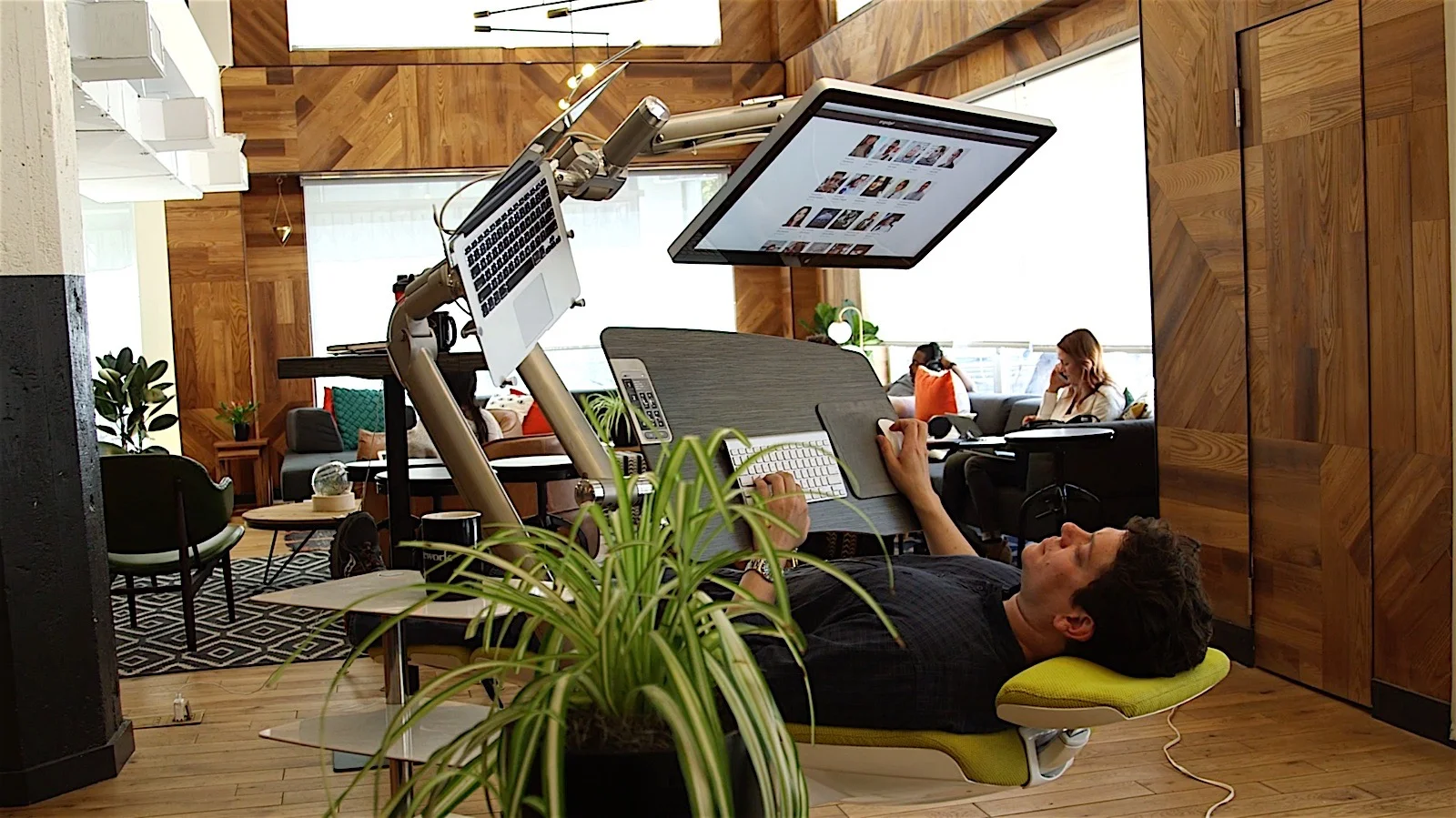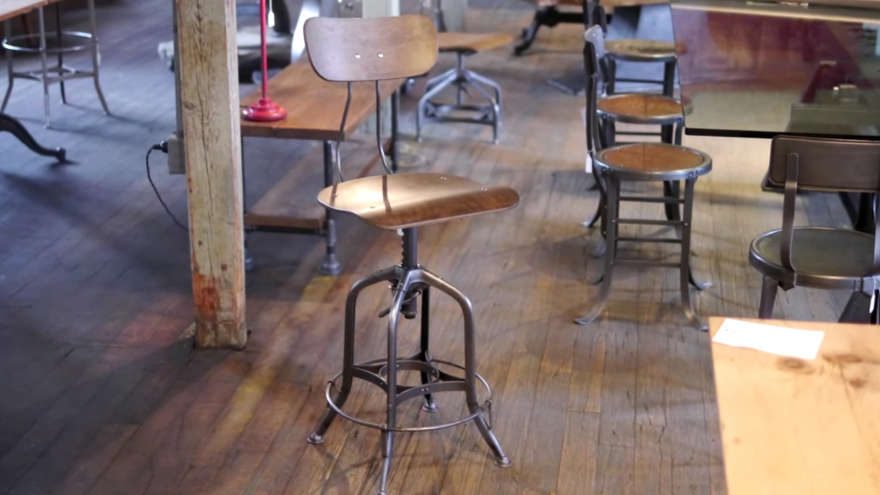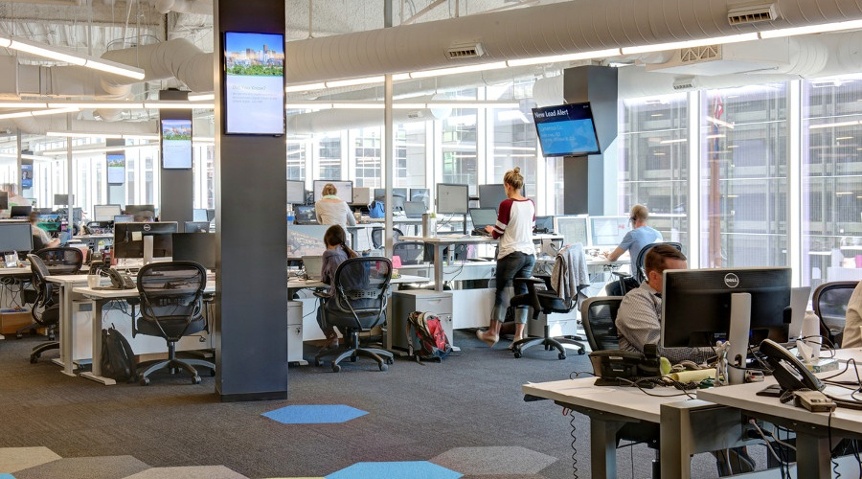Design for movement
At a basic level, architecture is like a shoe: a useful tool designed to protect the human body from harm caused by the natural elements.
Yet over time, we can become over-reliant on its comfort, losing our dexterity and our ability to withstand even the slightest discomforts. So what is meant to help us may, in fact, hinder us by making things too easy, removing all physical challenges and other stressors that are essential for optimal health.

























